Texas is a state of grand landscapes and vibrant cities, holding a rich mix of cultures, industries, and histories. Yet within the Lone Star State’s vast area lies a patchwork of communities, each facing unique public safety challenges. While Texas is celebrated for its hospitality, economic growth, and booming urban centers, the reality is that some cities consistently grapple with high crime rates. Every year, the FBI’s Uniform Crime Reporting Program and related crime databases shed light on cities struggling most with violent and property crime.
This in-depth guide explores the most dangerous cities in Texas for 2025, drawing from the latest statistics, patterns, and expert analysis. Whether you’re a resident, a prospective mover, or someone with a keen interest in public safety, this article offers a comprehensive look at where concerns are highest—and what’s driving those trends.
Understanding the Scope: How Crime Data Is Analyzed
FBI crime data draws on reported figures of violent crime (including murder, aggravated assault, robbery, and rape) as well as property crime (such as burglary, theft, and motor vehicle theft). These metrics are normalized—typically measured per 100,000 residents—to allow fair comparisons between small towns and large metropolitan areas. For Texas, crime rates are further analyzed in relation to social, economic, and geographic factors, revealing the complex portrait of safety and risk across the state.
Factors Driving Crime Rates in Texas Cities
A mix of ingredients fuels the crime issues faced by Texas’s most dangerous cities:
-
Economic Hardship: Unemployment, poverty, and limited access to resources can elevate both violent and property crime rates.
-
Drug Epidemics: Illicit drug trade and usage, particularly methamphetamine, often correlate strongly with spikes in violent and property crimes.
-
Gang Activity: Many high-crime areas are plagued by organized gangs, leading to higher rates of assaults, robberies, and homicides.
-
Policing Challenges: Understaffed or underfunded police departments may struggle to keep up with rising criminal activity.
-
Demographic Dynamics: Younger populations and high population density can increase the likelihood of certain crimes.
-
Geographic Proximity: Border and port cities face unique challenges related to smuggling and human trafficking.
Spotlight on the Most Dangerous Cities in Texas 2025
Drawing from the most current FBI and local law enforcement data, here are the cities in Texas that stand out as the most dangerous for 2025.
Gonzales
A small city with a population just under 8,000, Gonzales has the highest violent crime rate per capita in Texas for 2025. Residents here face a higher likelihood of assault and aggravated attacks than anywhere else in the state. Economic limitations and resource struggles for local law enforcement contribute to persistent safety concerns. Gonzales’s odds of becoming a crime victim are notably higher, setting it apart from peer cities of similar size.
Donna
Situated near the Texas-Mexico border, Donna contends with issues tied to its location. Violent crime, especially robberies and assaults, is elevated here. Reports indicate residents in Donna are several times more likely to experience violent crime compared to the state average, making personal and property safety a daily concern.
Beaumont
Beaumont serves as a regional hub but faces pervasive crime issues fueled by economic disparities and the presence of organized crime. Gun violence and aggravated assaults remain persistently high, and many neighborhoods experience property crime rates beyond state norms. Local efforts to introduce trauma-informed policing and community outreach are ongoing, but Beaumont remains among the top cities for violence and overall crime.
Snyder
This West Texas city faces a violent crime rate nearly three times the national average. With just over 11,000 residents, Snyder battles problems tied to drug trafficking, domestic disputes, and property offenses. Despite its smaller population, the town’s challenges have kept it on the radar of state and federal authorities.
Houston
Texas’s largest metropolis stands out with high total crimes, though its size means risk is more variable by neighborhood. Certain sectors of Houston, particularly the northeast, struggle with concentrated violent crime involving gangs and narcotics. Auto thefts, home invasions, and aggravated assaults affect residents across diverse districts. Despite extensive law enforcement initiatives, Houston’s theft and assault numbers remain some of the highest in the state.
Cuero
Cuero is marked by high violent crime, particularly aggravated assaults and sexual offenses. Its rural character does little to shield it from modern crime issues, as limited police resources face a steady stream of complaints. Residents voice particular concern about home safety and personal security, leading to calls for more coordinated law enforcement presence.
Humble
Located just outside Houston, Humble is characterized by disproportionately high property crime rates—including burglaries, motor vehicle theft, and larceny. Violent crime is also above the state average. Humble’s residents and business owners have responded by investing in private security and community block watch programs.
Corpus Christi
As a coastal city with a booming port, Corpus Christi faces threats from both within and outside its borders. Youth crime, gang involvement, and frequent home break-ins raise alarm even as the city’s economy booms. Law enforcement report that the city’s crime problems are closely tied to its status as a transit hub for narcotics and contraband.
Navasota
This small city faces violent crime rates nearly double the national average, including frequent domestic incidents and a persistent vehicle theft problem. Navasota’s leaders have put new policing reforms in place, but crime prevention remains an uphill battle.
Lubbock
A perennial feature on lists of Texas’s most dangerous cities, Lubbock contends with high overall crime rates. Methamphetamine-related offenses, burglary, and aggravated assaults are ongoing issues. Despite recent citywide efforts to improve public safety, Lubbock’s position remains near the top for risk.
Crime Statistics Table: Key Metrics for the Most Dangerous Texas Cities
| City | Population | Violent Crime Rate (per 100k) | Odds of Being a Victim | Total Crimes (per 100k) |
|---|---|---|---|---|
| Gonzales | ~7,573 | 1,706 | 1 in 59 | 3,481 |
| Donna | ~16,381 | 1,479 | 1 in 68 | 5,039 |
| Beaumont | ~117,321 | 1,376 | 1 in 73 | 4,706 |
| Snyder | ~11,211 | 1,258 | 1 in 80 | 2,848 |
| Houston | ~2,313,238 | 1,092 | 1 in 92 | 5,599 |
| Cuero | ~8,246 | 915 | 1 in 109 | 2,437 |
| Humble | ~15,819 | 880 | 1 in 114 | 10,723 |
| Corpus Christi | ~326,332 | 860 | 1 in 116 | 4,040 |
| Navasota | ~7,786 | 854 | 1 in 117 | 2,937 |
| Lubbock | ~257,013 | 853 | 1 in 117 | 3,981 |
Patterns and Trends: What’s Changing for 2025?
Small Towns Are No Exception
Contrary to common belief, higher crime rates are not limited to the largest cities. Small towns like Gonzales, Donna, and Snyder repeatedly show up with more violent crime per capita than sprawling urban centers. These areas often lack the resources or law enforcement presence needed to deter criminal activity effectively.
Surges in Specific Offenses
-
Houston: Methamphetamine-related crimes, carjackings, and gang assaults have trended upward.
-
Beaumont: Gun violence and drug trafficking have fueled much of the city’s violent crime increase.
-
Corpus Christi: Youth offenses, such as vandalism and robbery, have surged, particularly in neighborhoods near schools and recreational centers.
-
Lubbock: Meth-related and property theft crimes remain a persistent issue as law enforcement targets distribution networks.
Socioeconomic Shifts
Many cities on this list have experienced rising unemployment or greater wealth disparity. This economic pressure often correlates with a rise in property crimes and violent offenses. Combined with limited public funding for law enforcement, these factors create the conditions for crime to take root.
How Residents Are Responding
Communities across Texas are taking matters into their own hands:
-
Community Policing: Many cities have adopted neighborhood watch programs and invested in digital surveillance.
-
Youth Outreach: Cities such as Corpus Christi and Houston have expanded after-school activities and mentorship programs to keep at-risk youth engaged.
-
Victim Advocacy: Nonprofits in cities like Beaumont and Donna offer support and counseling to victims, aiming to break the cycle of violence and retaliation.
-
Technology Investments: Urban centers and even some rural towns are installing citywide camera networks, ALPRs (Automated License Plate Readers), and other AI-powered surveillance systems to both deter and investigate crime.
Safety Tips for Residents and Visitors
While crime statistics can be daunting, there are proactive steps people can take to reduce their risk:
-
Stay aware of your surroundings, especially at night or in areas known for higher crime.
-
Avoid leaving valuables visible in vehicles and always lock doors.
-
Join or organize a local neighborhood watch.
-
For visitors, book accommodations and plan activities in safer districts, and consult local crime maps when traveling for business or pleasure.
-
Support community engagement—many cities’ public safety strategies depend on active participation from residents.
-
Stay informed about local law enforcement’s warnings and crime prevention campaigns.
The Safest Cities in Texas
For contrast, it’s worth noting that Texas also boasts some of the nation’s safest communities. Suburbs and smaller towns in the Dallas-Fort Worth metroplex, such as Trophy Club, Melissa, and Colleyville, report crime rates far below both state and national averages.
Frequently Asked Questions
Are crime rates rising or falling in Texas?
While certain cities have experienced recent increases in violent or property crime, FBI data suggests that the overall trend is flat or slightly downward for the state as a whole. However, public perception often lags behind data, especially amid high-profile incidents or spikes in specific neighborhoods.
Why do small towns sometimes have the highest per capita crime rates?
Smaller populations cause per capita measures to swing more widely. One or two major incidents can have an outsized impact on statistics, drawing state or national attention even when overall incident counts are low.
What is Texas doing to address these crime challenges?
Law enforcement agencies have embraced technology, regional cooperation, and community-based approaches. National funding and statewide policing reforms are gradually making an impact, but challenges remain in terms of resources, especially for rural and small-town agencies.
Conclusion
The story of Texas’s most dangerous cities in 2025 is a nuanced one. While urban powerhouses like Houston continue to struggle with the scale and complexity of high crime, small towns also find themselves contending with crime rates far above the national average. Root causes—economic hardship, drug-related offenses, and policing challenges—run deep, suggesting that long-term solutions will require sustained investment and innovative approaches.
For everyday Texans, and those drawn to this great state by its opportunities and charm, these realities underscore the importance of vigilance, community cooperation, and informed decision-making. Safety may be an evolving issue in many Texas cities, but so too is the spirit of resilience and readiness that defines the people who call Texas home.
This article provides an in-depth analysis of public FBI and law enforcement statistics and is intended to inform, not alarm. For the most up-to-date local data and details, always consult official city crime reports and community resources.
- https://www.arcadian.ai/blogs/blogs/top-10-most-dangerous-cities-in-texas
- https://economictimes.com/news/international/us/which-top-10-us-cities-are-most-dangerous-fbi-data-reveals-shocking-details-on-violent-crimes/articleshow/122447976.cms
- https://reolink.com/blog/most-dangerous-cities-in-texas/
- https://realestate.usnews.com/places/rankings/most-dangerous-places
- https://www.greconeylandtx.com/blog/texas-crime-rate-by-city/
- https://www.safewise.com/blog/safest-cities-texas/
- https://www.fbi.gov/how-we-can-help-you/more-fbi-services-and-information/ucr
- https://mix931fm.com/dangerous-texas-cities-2025/
- https://kpel965.com/most-violent-cities-texas/
- https://getsafeandsound.com/blog/most-dangerous-city-in-america/
- https://www.houstontx.gov/police/department_reports/Crimeby_CouncilDistrict/Crimeby_CouncilDistrict.pdf
- https://policyadvocate.com/blog/top-10-most-dangerous-states-in-the-us-2025/
- https://getsafeandsound.com/blog/most-dangerous-cities-in-texas/
- https://en.wikipedia.org/wiki/List_of_United_States_cities_by_crime_rate
- https://majorcitieschiefs.com/wp-content/uploads/2025/05/MCCA-Violent-Crime-Report-2025-and-2024-First-Quarter.pdf
- https://sirixmonitoring.com/blog/safest-cities-in-texas/

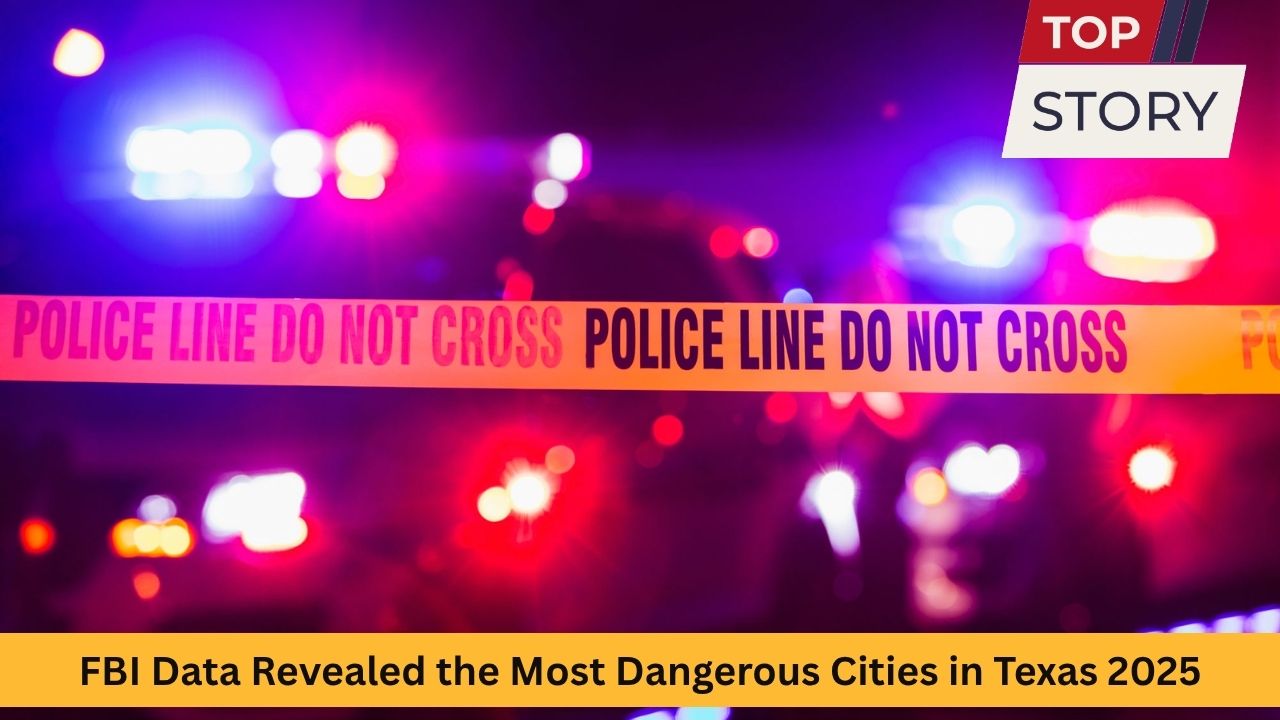
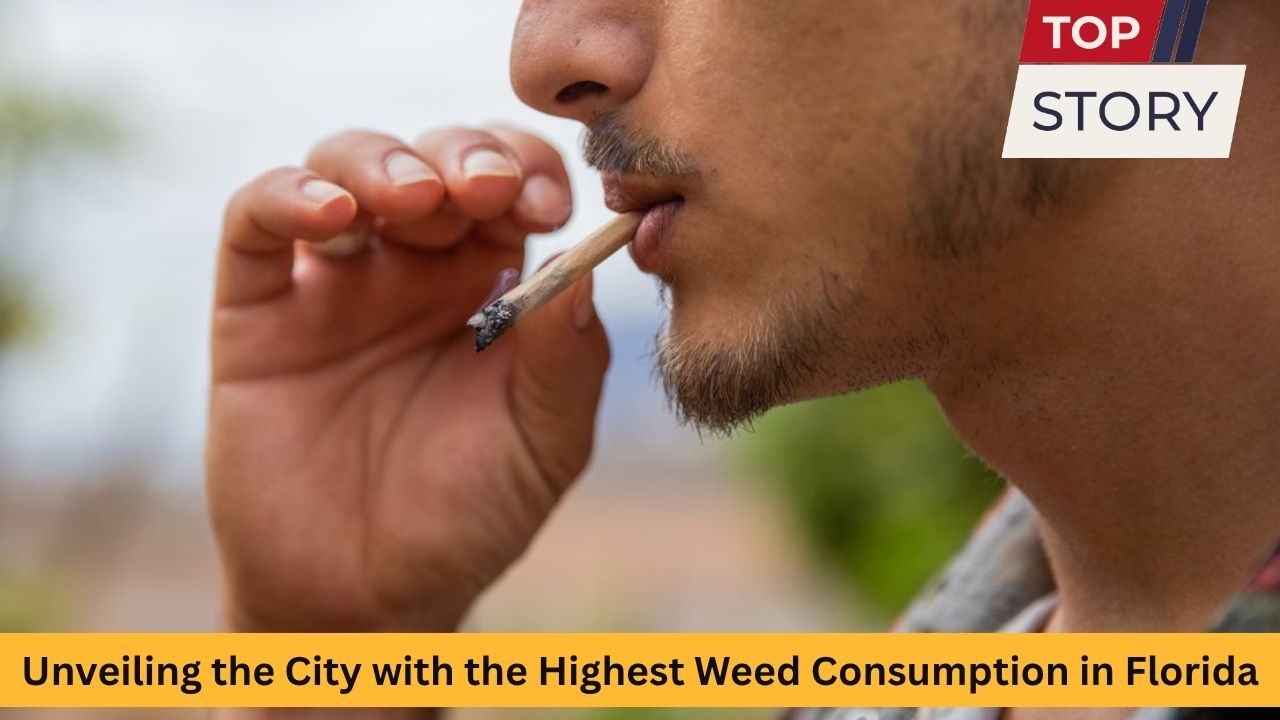



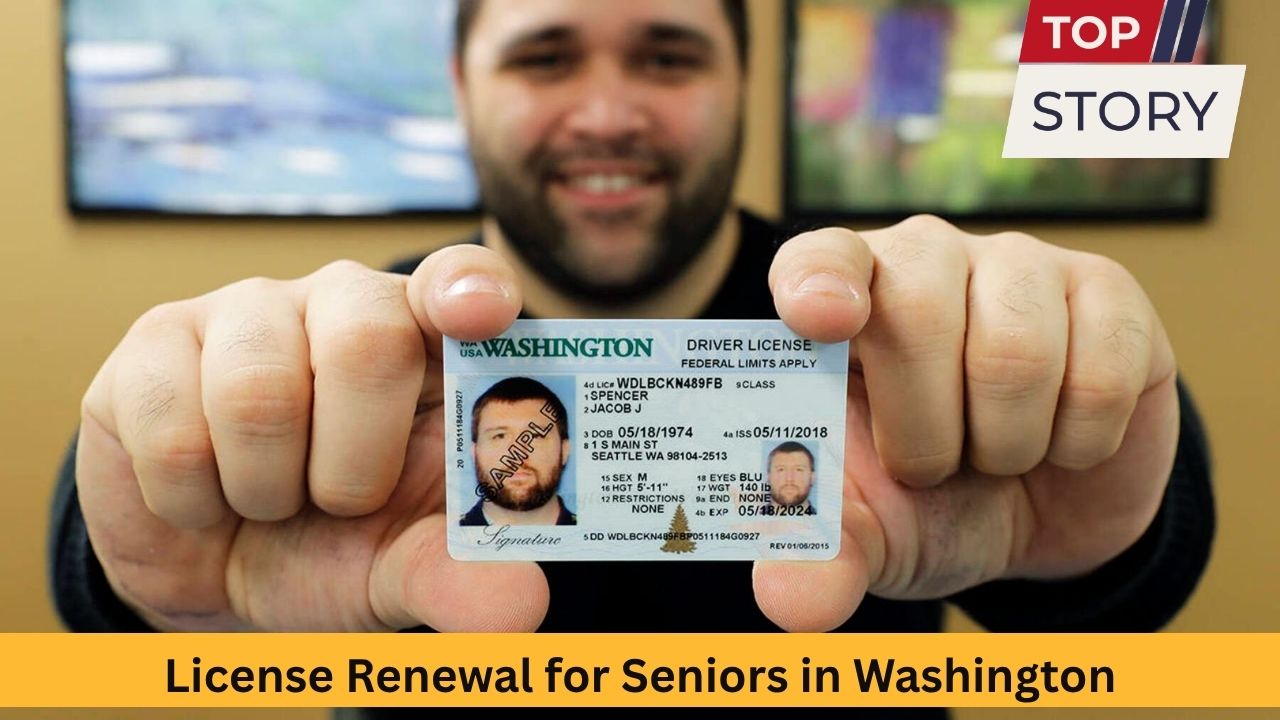
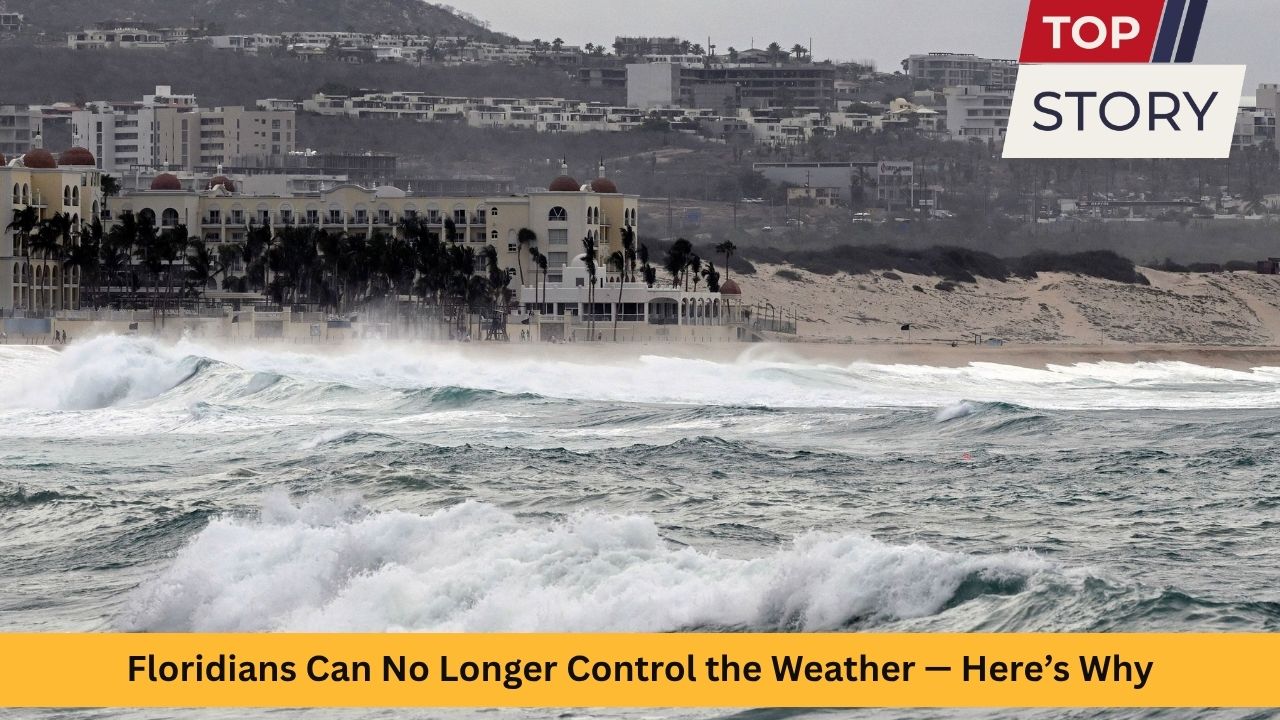
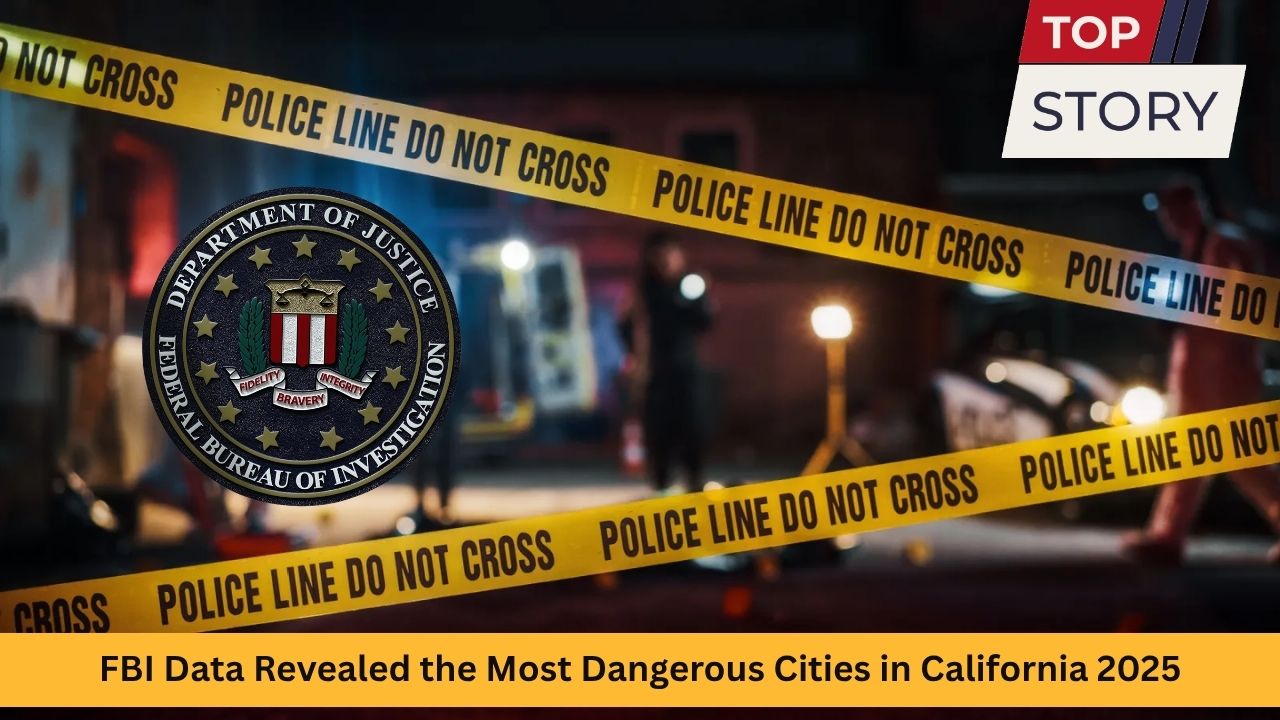
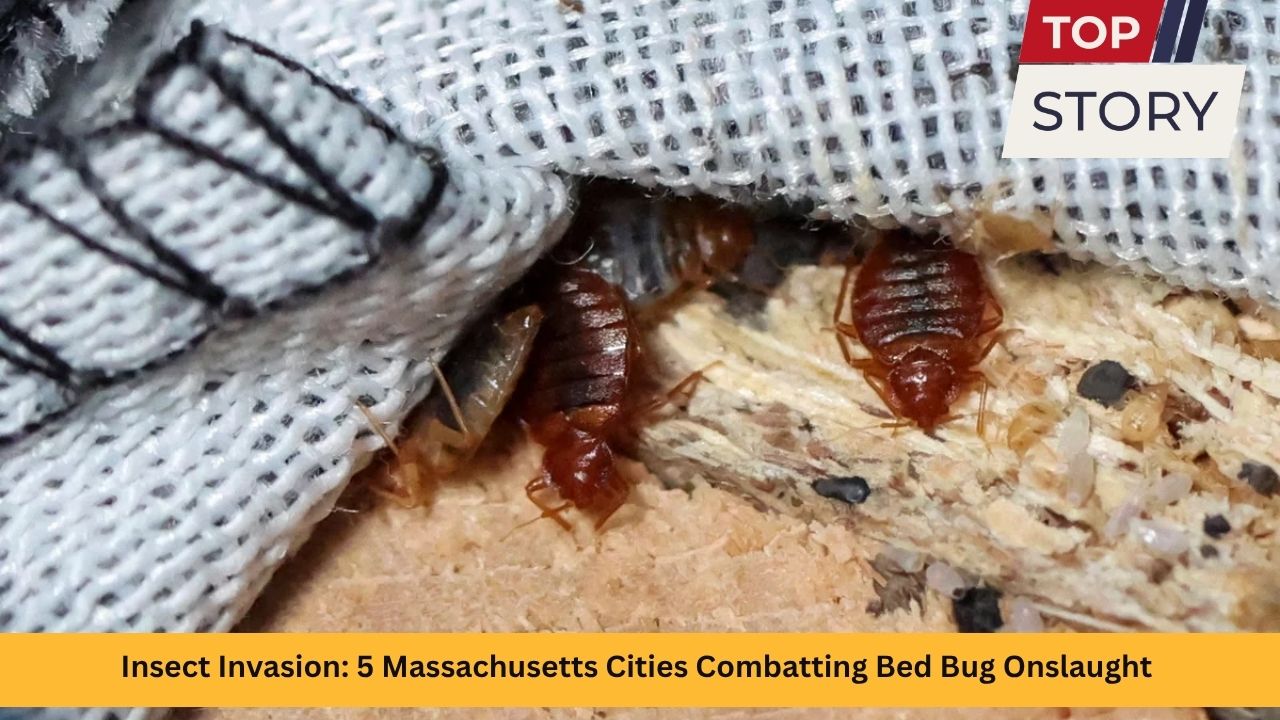


Leave a Reply